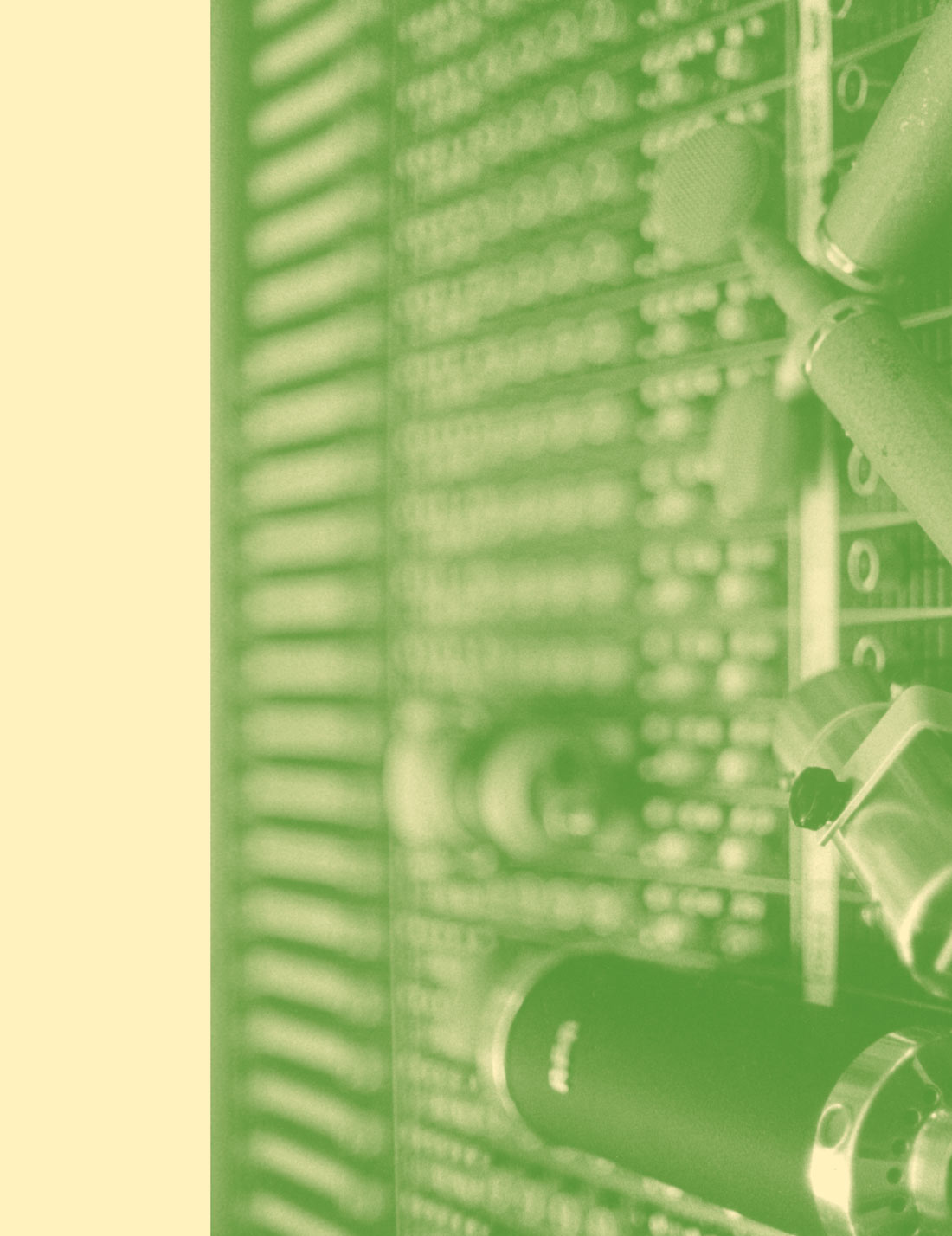Hey kids, a convolution reverb is a big word that means this is a reverb that has actual sampled (IR Short for impulse response) spaces in it. That's right, instead of suffering with digitally-modeled reverbs like we have for years (though a few are kinda cool!), we can now use the sound of actual spaces. Somehow they pipe transient bursts or various waveforms into a space and then eliminate the original sound. The plug-in then puts the same kind of acoustics on the track you feed to it. Nifty idea-and it's shown up in programs like Audio Ease's Altiverb plug-in, Tascam's GigaPulse, and Sony's DRE-S777 outboard effects unit. Unlike those reverbs, IR-1 won't allow the user to create new sampled spaces, but the spaces they give you with the software are fantastic. You can call up over 60 different positions in locations like Cello, the Sydney Opera House, arenas, caves, churches, stairwells, car interiors, concert halls, clubs and more. Plus there are over 60 samples of many classic hardware effects devices. New sampled spaces are on the way, with some as free downloads and others at nominal fees. There are so many samples here that I've never made it through them all. Plus they sound so good that it's not like scrolling through a bunch of shitty presets and finding the one you can tolerate; all of them have desirable characteristics. There are a few other ways to get sampled reverbs out there, so what makes the IR-1 special? For one, you get controls for room-size, damping, pre-delay and much more-something the other programs don't yet offer. This means you can dial up a sound and change it slightly to your taste, just like a high-end digital algorithm reverb but with much better sound. The IR-1 is an amazingly natural reverb, with the ability to sit in a mix in ways that algorithm 'verbs rarely do. Plus, you can mutate the settings to taste. A pretty amazing tool. ($1200 MSRP; www.waves.com)
Plug-Ins | No. 65
RX Advanced restoration bundle
by Garrett Haines
For many years, the restoration software hierarchy was etched in stone. The top tier featured outstanding performance at a premium price (often costing thousands of dollars per application)....




_disp_horizontal_bw.jpg)